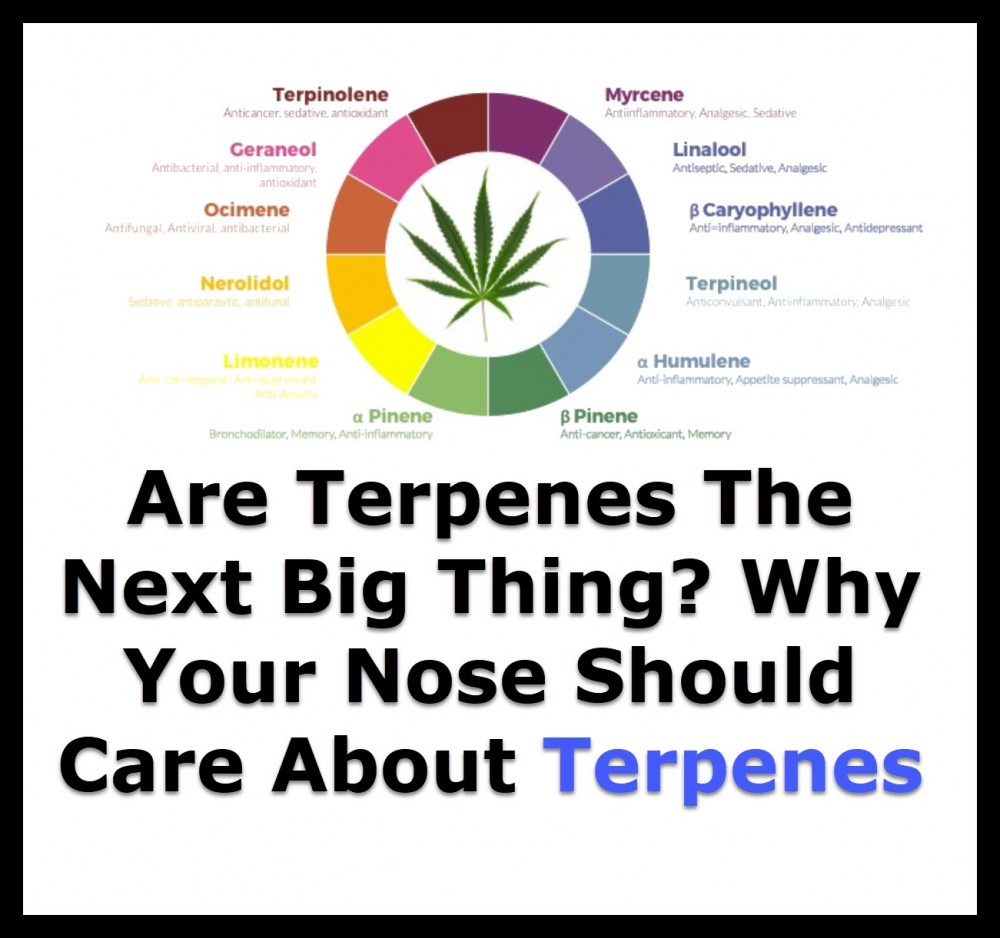Why Cannabinoids and Terpenes Work Great Together

The growing interest in cannabis as a therapeutic aid to many diseases and disorders brings attention to what and how it should be done. At first, cannabinoids and what they are were focused on most. More than a hundred, and there are more, have been discovered already from the Cannabis Sativa plant. But more interest is also now on terpenes as botanical investigation found already more than 100 terpenes. In fact, cannabinoids and terpenes together have a perfect nuance for medicinal benefits.
A unique experience can be expected from every combination. Some strains are energizing, and others are sedative. The synergistic relationship between cannabinoids and terpenes creates amazing effects. This effect is known as the entourage effect that called the attention of the medical world. They came to realize that isolate compounds have a letter effect than a holistic approach.
What are Cannabinoids and Terpenes Again?
Cannabinoids – They are part of the hundreds of active chemical compounds found in cannabis. Phytocannabinoids are naturally occurring chemical ingredients found in high concentrations in the female buds of the plant. They play an important role by interacting directly with the cannabinoid receptors found in the endocannabinoid system of mammals. The medicinal benefits of cannabis are attributed to the phenomenon of cannabinoids activating the CB1 and CB2 receptors found in the brain and other parts of the body.
Terpenes – They are responsible for the scent and flavor of the plant. Cannabis differs from other plant species because each strain of the cannabis plant has a unique terpene profile. Terpenes and cannabinoids work together to develop a strain’s particular flavor and psychoactive effect. This is called the entourage effect.
Cannabinoids and terpenes both develop in the resin glands or trichomes, on the flower and leaves of the cannabis plant. Growers have a field day in developing strains with particular profiles as needed for medicinal benefits.
There is more to the plant
Altogether, the cannabis plant has more than 500 compounds. Apart from cannabinoids and terpenes, there are also flavonoids and other natural substances. Cannabinoids and terpenes have the most medicinal benefits, but the other compounds also contribute towards therapeutic value. They use the word cannabinoid because it interacts with the endocannabinoid system to manage a host of physiological processes.
The body produces natural chemicals called endocannabinoids which act as messengers to direct the inner processes of the endocannabinoid system. Cannabinoids mimic the endocannabinoids and this relationship creates wonderful therapeutic benefits. Something like THC is powerful for pain relief. CBD is an anti-inflammatory and has calming effects. Terpenes are a little more challenging to study because the source material is still quite expensive. But terpenes have also considerable medicinal value. Evidence shows that terpenes have also cancer chemo-preventative effects. They are also antimicrobial, antifungal, antiviral, and many more properties.
The Difference Between Cannabinoids and Terpenes
The main difference between cannabinoids and terpenes is how they work. Cannabinoids interact directly with the endocannabinoid system. Terpenes are a little less precise. Interestingly enough, terpenes have been studied far longer than cannabinoids, but the medicinal understanding of cannabinoids are more.
Cannabinoids provide their therapeutic benefits by interacting with the CB1 and CB2 receptors. THC binds directly to the CB1 receptors where other nonintoxicating compounds turn receptors on and off through less direct interactions.
There is still a pharmacological and psychological hypothesis on how terpenes provide therapeutic value. At the moment a psychological hypothesis has more scientific support. Odors and smells exert their effects through emotional learning, conscious perception, and belief or expectation.
The medicinal uses of cannabinoids and terpenes
Cannabinoids are found in natural and pharmacological medicines. A variety of medical problems like chronic pain, epilepsy, multiple sclerosis, and many more are treated with success. It also is applicable for inflammation, neurodegenerative diseases, depression, anxiety, and addiction. Currently, cannabinoids can be found in isolates or compounds.
Full-spectrum tincture and flower products still need a bit more study. But it was already stated that terpenes, like cannabinoids, also have similar therapeutic benefits as cannabinoids and together the effect would be greater. All the individual components of the plant should be able to work together. Because of that, many cannabis producers are starting to reintroduce botanically derived terpenes back into their extractions. Often during high-heat extractions, terpenes are destroyed. For this reason, it is better to add it back at the end.
We Need to Know More
To understand and compare the whole plant needs more research. We need to know if human-fabricated chemicals of the natural plant have the same entourage effect as the pant in its natural form. But even though there is a lack of studies and proof, many consumers already stand their ground that the whole plant is better. They believe that natural components are better than synthetic drugs. Herbal medicines have broad synergistic actions on physiological systems.
CANNABINOIDS AND TERPS, READ MORE...
8 CANNABINOIDS YOU SHOULD KNOW ABOUT TODAY, READ THIS.








